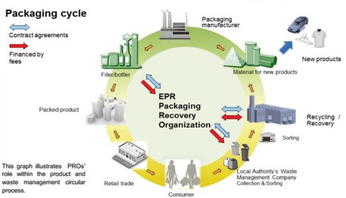On the Use of Scanning Electron Microscopy, Energy Dispersive Spectroscopy, X-Ray Fluorescence Spectroscopy, and UV/Visible Spectrophotometry for Coating Quality Investigations
Presented by John Wydallis, Carestream Health
A wide variety of analytical tools can be used to obtain information about a coated surface. The availability, cost, accuracy, and practicality of these tools are all important considerations when undertaking an investigation of a coated material.
This paper will describe a case study on the use of scanning electron microscopy (SEM), energy dispersive spectroscopy (EDS), x-ray fluorescence spectroscopy (XRF), and UV/visible spectrophotometry (UV/vis) to troubleshoot an adverse coating event. Other potential uses of these analytical methodologies for research and development, manufacturing troubleshooting, and quality assurance will be discussed.
The case study describes the investigation into an adverse coating event that occurred when evaluating a new chemical component in a latex coating for polyethylene terephthalate (PET) film. Unexpected telescoping of the coated PET roll was observed when using the new latex. Analytical work on the coated product and the raw materials using the above-mentioned techniques was completed to search for the root cause of the telescoped roll. The combination of microscopic, elemental, chemical, and physical data enabled the manufacturing team to identify a path forward.
The combination of visual information (SEM and Optical Microscopy), elemental information (EDS and XRF), molecular information (UV/Vis and FTIR), and physical information (surface tension, coefficient of friction, contact angle, etc.) can help in understanding many issues encountered in a manufacturing setting. This paper aims to inform the reader of analytical tools and methodologies that may be of practical use to the broader coating industry.
This post is for paying members only
SubscribeAlready have an account? Log in

